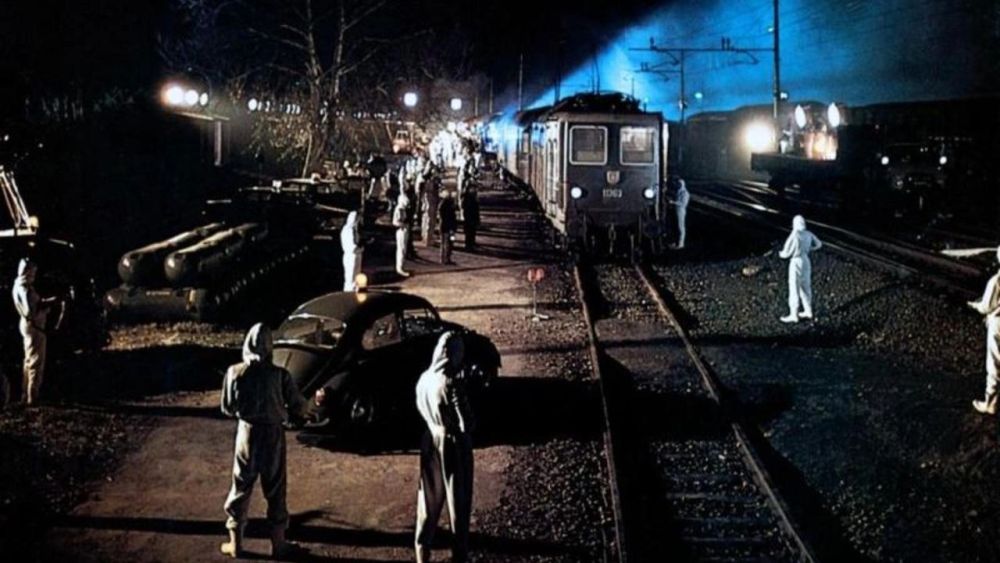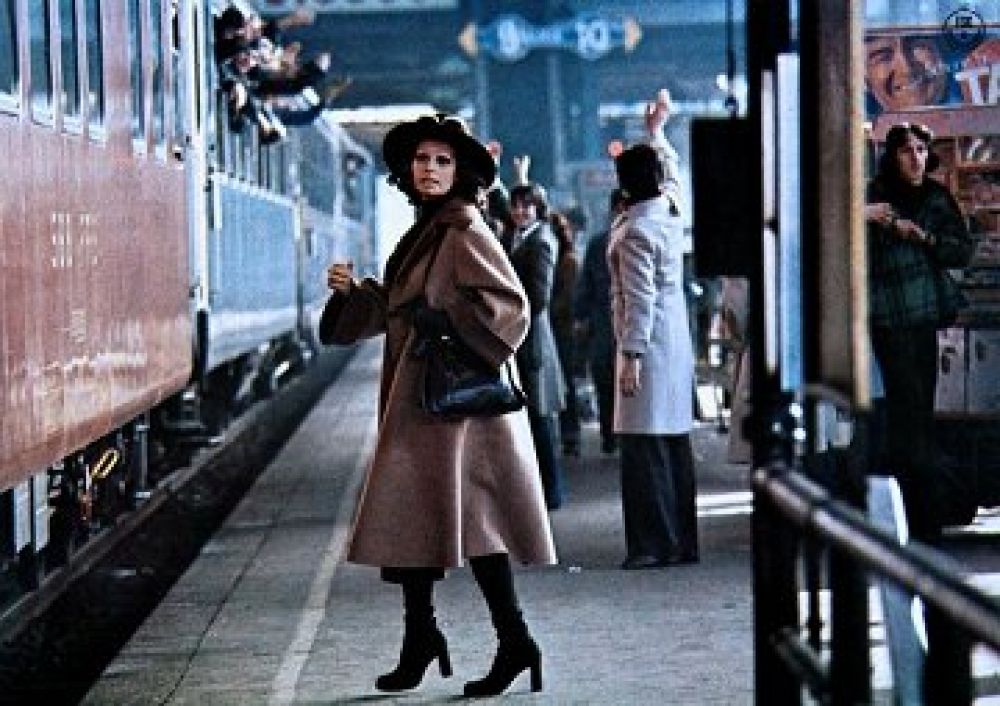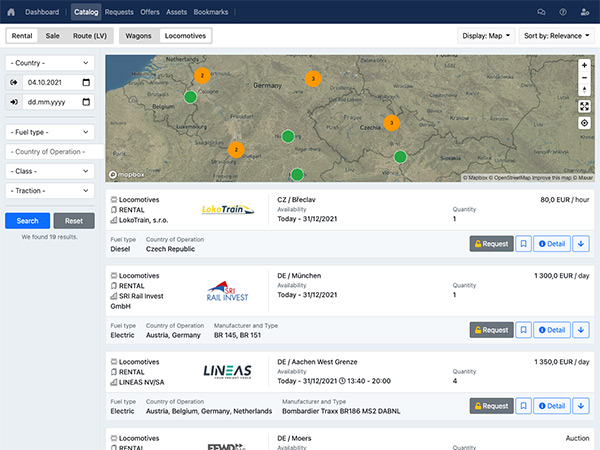In the cinematic world, few films capture the intensity and suspense of a disaster quite like "The Cassandra Crossing." Directed by George P. Cosmatos and released in 1976, the film is about a disease-ridden Swedish terrorist who infects passengers on a train with the pneumonic plague as they travel across Europe. The film stars Sophia Loren and Richard Harris, but at the heart of this gripping tale is the train, a vehicle of both transport and confinement for its passengers.
The train serves as the fulcrum around which the plot revolves. Initially, it embodies the ordinary - a means of transport that carries people across picturesque landscapes. But as the narrative unfolds, the train becomes a microcosm of fear, uncertainty, and impending danger.

One of the film's most iconic elements is the eponymous Cassandra Crossing itself - an aging bridge that becomes the stage for the passengers' desperate bid for survival. This critical juncture heightens the significance of the train, transforming it into a symbol of impending disaster.
Throughout the film, the train becomes a character in its own right, its carriages teeming with diverse individuals thrust into an unexpected struggle for survival. The confined space heightens the tension, trapping the passengers in a claustrophobic environment of fear and desperation.

Behind-the-scenes facts:
- The Swiss Railway line organization Schweizerische Bundesbahnen-Berne provided a complete train for the production. This included the locomotive, a dining car, a sleeper, numerous carriages, and coaches.
- The title refers to a bridge in the film called the "Kasundruv Bridge". The architectural structure used in the film was the Viaduct of Garabit, which is located in the south of France. It was built between 1881 and 1884 by Gustave Alexandre Eiffel, of Eiffel Tower fame. It is 122 meters high and 565 meters long. The Garabit Viaduct is still in use today as a railway bridge.
- The film's plot involves the possible outbreak of a deadly pneumonic plague virus on a train by a germ-infected passenger. As a child, writer and director George P. Cosmatos experienced a cholera outbreak while living in Egypt. Cosmatos once said: "To me, an epidemic seems more destructive than an earthquake, a fire, or even a bomb, and a man-made epidemic, such as is shown in this movie, is the most despicable of all. We are our own worst enemies because we're killing ourselves with so-called progress."

